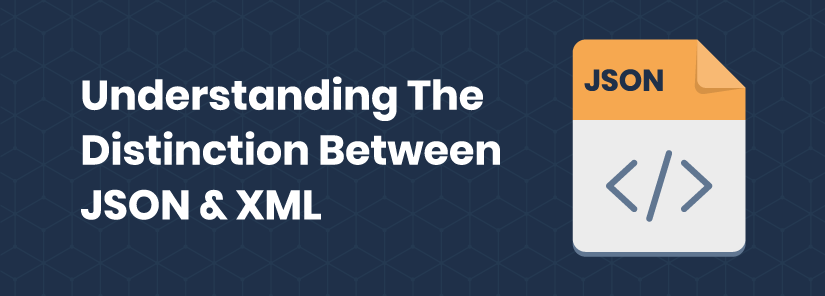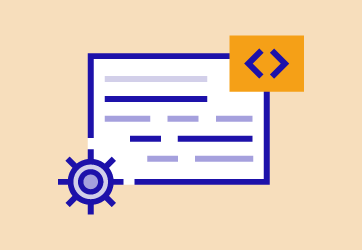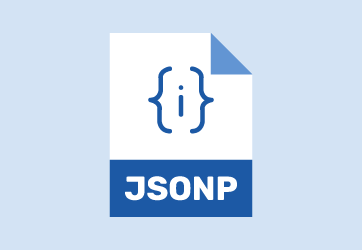Understanding The Distinction Between JSON & XML


First things first, JSON and XML both are data storing and exchanging format. They work for correspondence between the web application and the server. Both of the languages are widely popular all around the world among web programmer. And they are also independent languages and do not rely on any other programing language, but instead, they work to store and exchange the data while parsing over the server. No doubt there are common traits between JSON and XML, but still, there are many different aspects of both the formats. Instead of bashing any of the formats, we need to analyze the distinction between XML and JSON. Their processing algorithms, parsing, structural code formations, and usability in different scenarios. All of these functionalities work differently in different situations. In this article, we will dig up the usability and how they can yield the data for web servers to interpret or understand. The servers are not meant to work and read the data between the lines; as such a process can slowdown their working capacity. But instead, the data should be assembled in a way that the servers can easily parse it without delaying the process to execute.
The Functionality of JSON & XML
As you are aware that XML is mark-up language. So, it is used for business to business purposes, especially for transactions to take place. Especially e-commerce sites are utilizing XML for the transactions to take place as it is document-oriented language. On the other hand, JSON is not able to handle such complex forms of data; it is a lightweight format and less verbose. Which makes its functionality limited to store and exchange a certain type of data. While XML also has many similarities with HTML and they are written in the same way, the syntax is more or less similar. Whereas the syntax of JSON is entirely different, as despite the fact it is an independent language, but still it is a subset of JavaScript.
XML & JSON Syntax
The syntax that is used by JSON does not require start and end tags, whereas, XML requires start and end tags to function, which also increase the size of the file. Apart from that, JSON does not require as many characters as XML to interchange the data. And that is the reason XML is verbose, and JSON is lightweight.
Types of Data
Strings and integers are used in JSON, and arrays are used for the representation of structural data. XML supports all forms of data type and does not require support for the data enclosed in arrays.
Synopsis of XML vs. JSON
As discussed previously, both are used for data interchanging. But the purpose of both the formats is slightly different. Both of the formats are easy for humans to read and interpret. The primary difference between both the formats is that JSON is a data-oriented format. On the other hand, XML is a document-oriented format which makes them stand on different poles of data exchange. In the last analysis, JSON is preferred by those who want to characterize the structural data in easy to interpret format. And XML by those who are looking to add information in a more brief and structural formation.
October 21, 2021

October 13, 2021




Leave a Reply